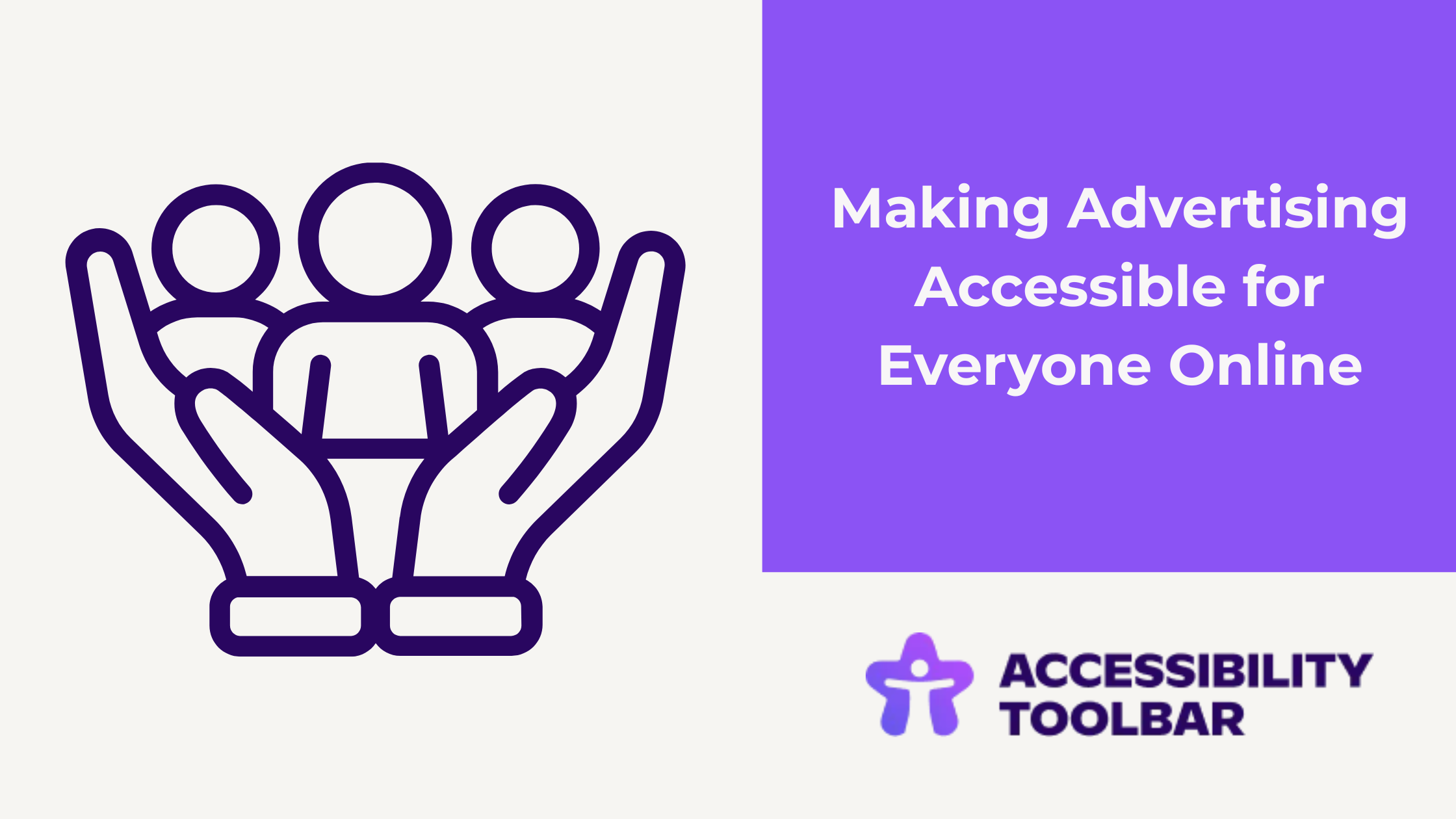Ad Content – The Hidden Accessibility Challenge on Modern Websites
When businesses think about website accessibility, they often focus on headings, colour contrast, or alt text. But there’s an overlooked issue undermining accessibility across the web: advertising content.
Many ads, especially those from third-party networks, are not designed with web accessibility in mind. This creates a frustrating and sometimes impossible experience for disabled users. Fortunately, an Assistive Toolbar can offer partial relief and improve overall usability.
The accessibility problem with online ads
Dynamic or externally loaded adverts can introduce serious barriers. Common issues include:
- Missing or incorrect alt text on sponsored images
- Keyboard traps that prevent users from navigating away
- Distracting motion and flashing content
- Poor colour contrast or unreadable small print
- Broken ARIA roles and inconsistent focus behaviour
Because these ads are served by external providers, site owners often have limited control over their accessibility. Even a fully WCAG-compliant site can be undermined by inaccessible ad units.
How a Website Accessibility Toolbar can help
While toolbars can’t fix the underlying code of third-party ads, they can make a real difference for users:
- Hide or skip options – Allow users to collapse or bypass problematic ad regions.
- Contrast and font controls – Help users improve readability of ad text.
- Motion reduction – Disable flashing or animated ads that trigger discomfort.
- Focus recovery – Provide “skip to content” controls to escape focus traps.
In essence, a Website Accessibility Toolbar gives users agency when external elements behave badly.
How to minimise ad-related issues
- Mark ad sections clearly using ARIA landmarks (e.g. <aside role=”complementary”>).
- Load ads within iframes that include accessible titles and structure.
- Regularly audit third-party scripts for accessibility issues.
- Choose ad networks that commit to accessibility standards.
- Be transparent with users – include an accessibility statement explaining ad limitations and available toolbar features.
Inaccessible adverts are a hidden threat to web accessibility. They disrupt navigation, introduce visual strain, and compromise user trust. By combining strong accessibility practices with an Assistive Toolbar, you can reduce these challenges and create a more consistent, inclusive user experience. Accessibility doesn’t stop at your site’s design – it extends to every element your users encounter, including ads.





